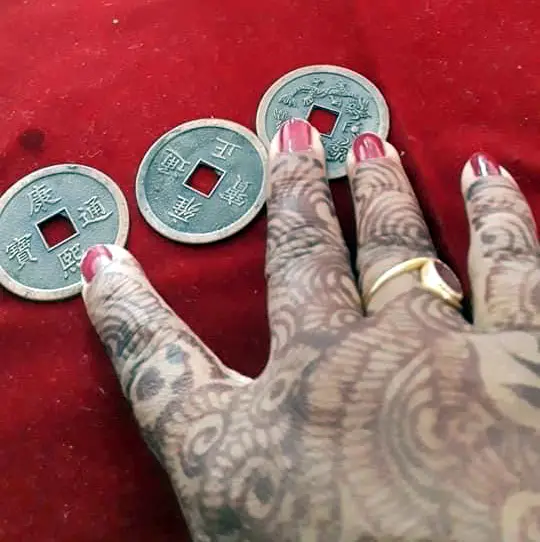


In Chinese, the character “I” (pronounced as “yee”) has several meanings: easy, change, or exchange. The character “Ching” (pronounced as “Jean”) means scripture, classics. Together, “I Ching” means that The Book of Changes can be easily understood according to the meanings of the character(s) that represents each Hexagram. The I Ching was one of the fundamental books of Confucianism and Taoism. and is also one of the most important books in the world’s literature.
Fu Hsi, the legendary emperor of China, is said to be the founder of the I Ching, which offers advice, and has been used as an oracle. The I Ching draws on just two basic elements represented by Yin (broken line) and Yang (unbroken line), and from there results in 64 hexagrams. The model of the 64 hexagrams is said to conceptualize all the worldy situations that arise from every response or action.



The ancient Chinese discovered the secrets and understood the working of the cosmos. They knew a great deal about the universe and mankind. They described the forces of the cosmos as “Chi” (energy) which was then divided into Yin and Yang — the Moon and the Sun, dark and light, negative and positive, and female and male, etc. It was through the complex and continuous interaction of Yin and Yang that all things visible and invisible came into being. Yin and Yang complement each other. Each exists together in balance, each containing part of the other.
Copyright © 2025 Divine remedy Research Centre. All Right Reserved. Devloped By WebExpertInfoTech